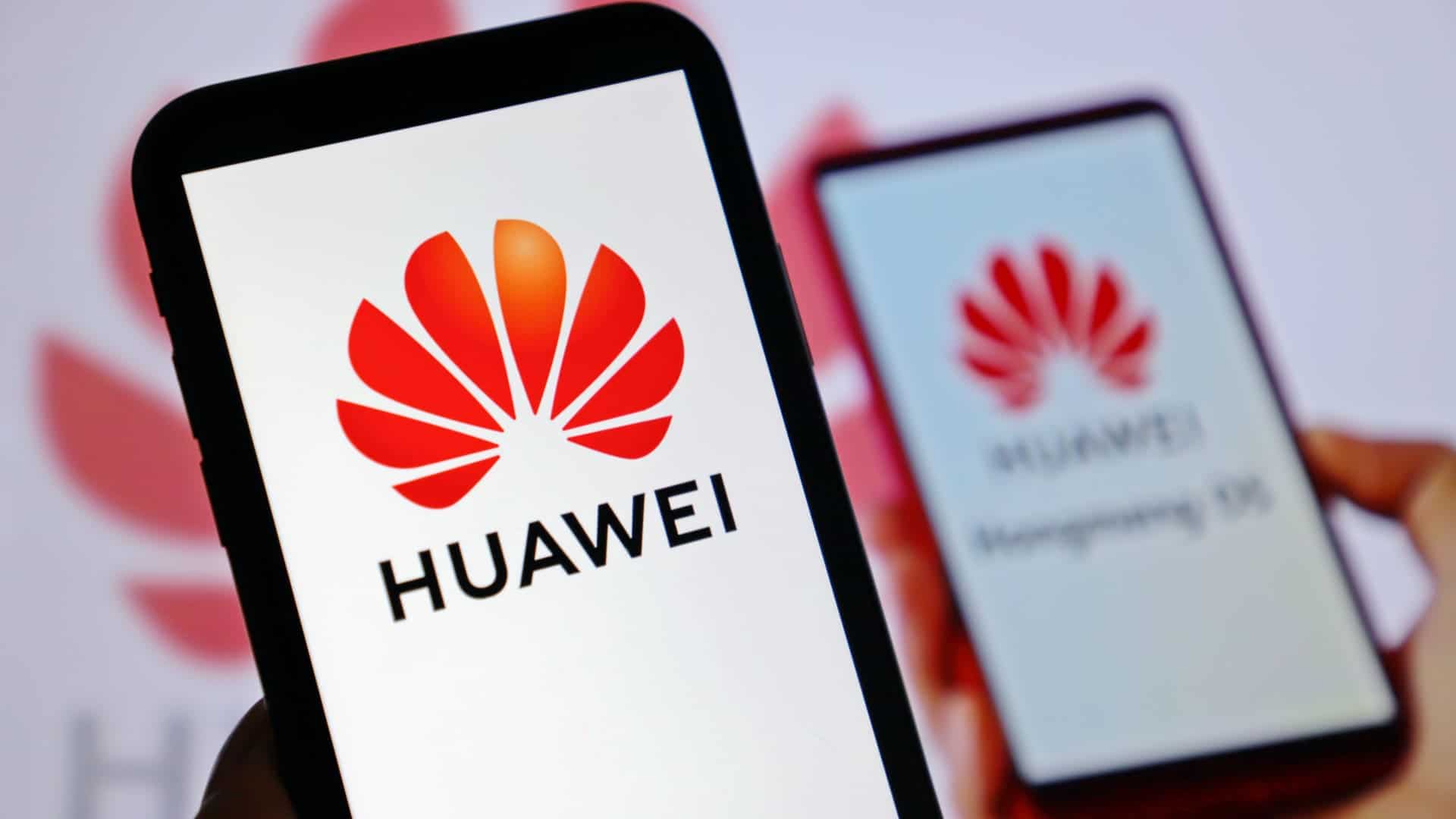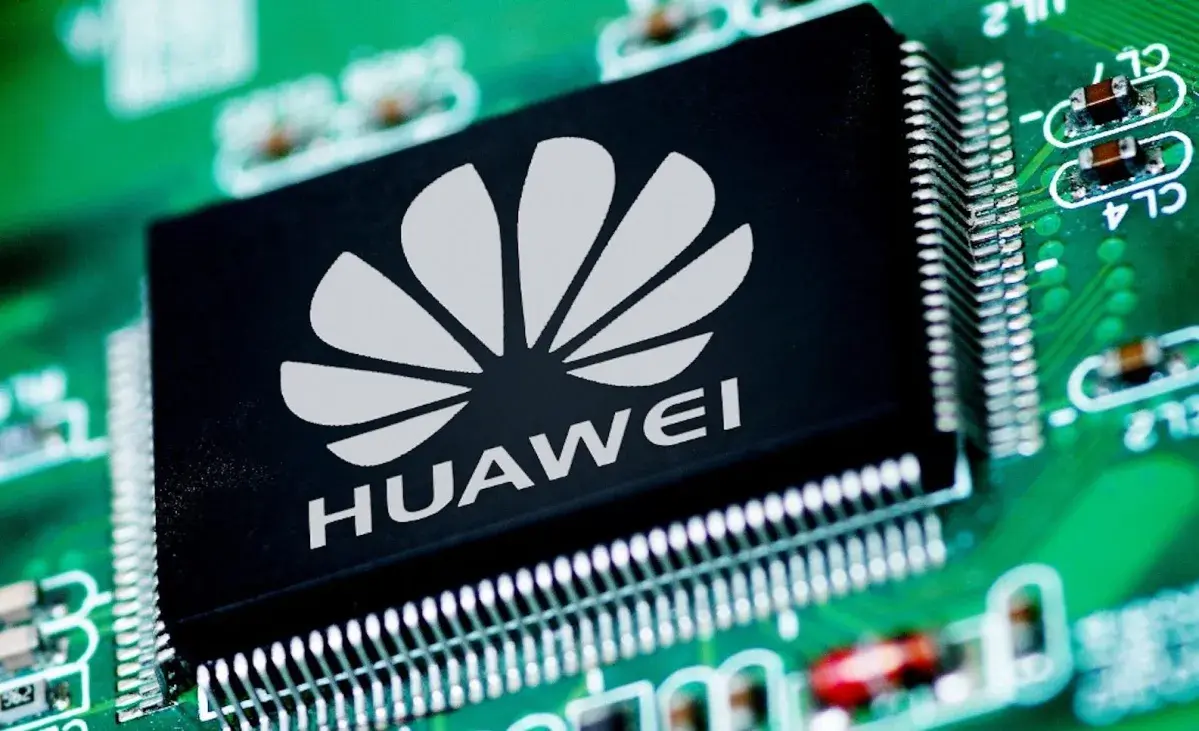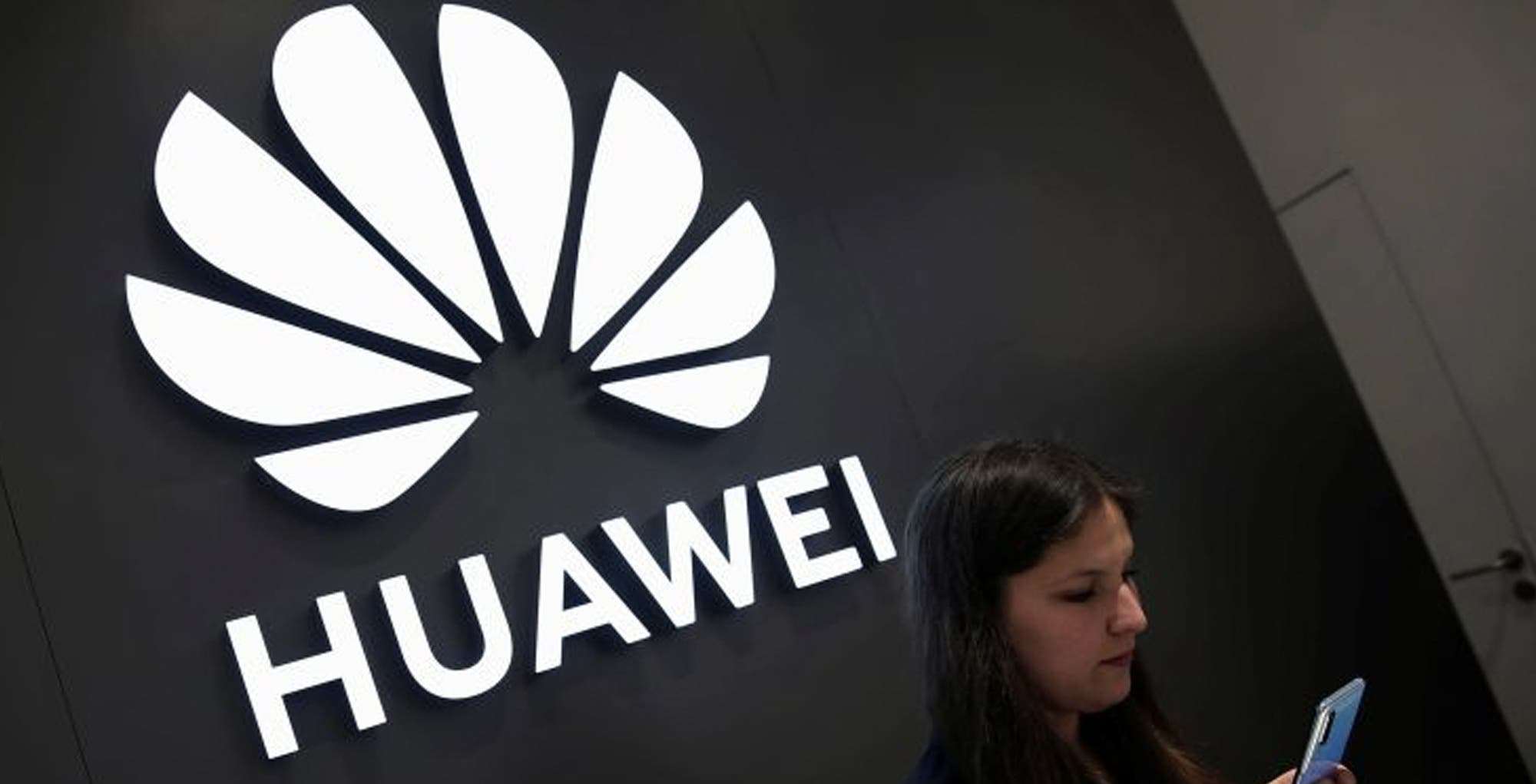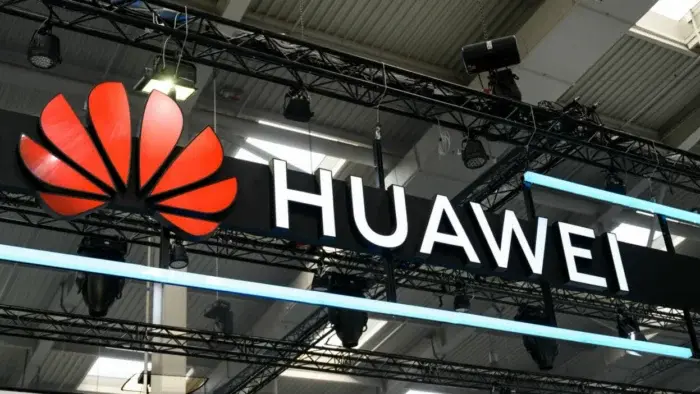Huawei, the Chinese tech titan, has become synonymous with resilience in recent years. Halted by US sanctions in 2019 that restricted its access to crucial American technology, particularly Google Mobile Services (GMS) essential for smartphones, Huawei faced an existential crisis. But 2023 witnessed a remarkable turnaround, with Huawei clawing its way back to smartphone market prominence. This article delves into the strategies that fueled Huawei’s resurgence and the factors that contributed to its success.
Huawei’s Market Resurgence: A Phoenix From the Ashes

Navigating the Tech Labyrinth: A Multi-Pronged Approach
The US sanctions were a body blow, severing Huawei’s access to vital chipsets and Google’s app ecosystem, a cornerstone of Android smartphones. However, Huawei refused to be knocked out. The company adopted a multi-pronged approach to navigate this labyrinthine challenge.
-
Domestic Reliance: Huawei doubled down on domestic suppliers. It ramped up production of its in-house Kirin chipsets, a move initiated before the sanctions. Additionally, it fostered partnerships with Chinese chipmakers like SMIC to reduce dependence on American technology.
-
HMS: Building an App Ecosystem: Recognizing the importance of apps, Huawei poured resources into its own app ecosystem – Huawei Mobile Services (HMS). This included developing its own app store, AppGallery, and encouraging developers to port their apps or create new ones for the platform.
-
Innovation Through Adversity: Faced with limitations, Huawei channeled its engineering prowess into innovation. The company focused on developing its own software solutions to compensate for the lack of Google services. This resulted in advancements in user interface (HarmonyOS) and alternative app distribution methods.
-
Marketing Blitz: Reasserting Brand Value: Huawei launched a strategic marketing campaign to counter negative perceptions and emphasize its commitment to the Chinese market. This campaign highlighted the company’s technological prowess, domestic partnerships, and unwavering dedication to its customers.
The Smartphone Spearhead: Redefining Consumer Experience
The centerpiece of Huawei’s resurgence was its renewed focus on the smartphone market. The launch of the Mate 60 series in late 2022 proved to be a turning point. The phone boasted cutting-edge camera technology, a powerful processor (albeit not the latest Kirin due to chip limitations), and a sleek design. Most importantly, Huawei addressed the app conundrum.
-
AppGallery Gains Traction: While not a complete replacement for Google Play, AppGallery witnessed a significant rise in app availability. Huawei partnered with major Chinese app developers and offered incentives to attract international developers.
-
Alternative App Solutions: Huawei developed innovative solutions like Petal Search, a universal app search engine, and GSpace, a virtual space that allowed users to access certain Google apps in a sandboxed environment.
-
HarmonyOS Steps Up: Huawei’s in-house operating system, HarmonyOS, began to gain traction. While still under development, it offered a smooth and secure user experience, showcasing Huawei’s commitment to self-reliance.
Market Response: A Resurgence Fueled by Patriotism and Innovation
The Chinese market responded positively to Huawei’s efforts. The Mate 60 series, devoid of Google services but packed with innovative features and backed by a strong marketing push, resonated with consumers. Nationalistic sentiment in China also played a role, with many consumers viewing Huawei’s struggle as a symbol of Chinese technological prowess in the face of Western pressure.
The results were undeniable. Reports indicated a staggering 64% year-on-year increase in Huawei smartphone shipments in 2023. Huawei re-established itself as a major player in the Chinese market, even impacting Apple’s dominance. The success also had global ripples, with Huawei challenging the status quo and proving its ability to adapt and innovate under duress.
Looking Ahead: Sustainable Growth and The Global Stage
While Huawei’s resurgence in 2023 is undeniable, challenges remain. The company still faces limitations in chip production due to US sanctions. The long-term viability of the HMS ecosystem and HarmonyOS depends on continued app development and user adoption.
However, Huawei has shown remarkable resilience. The company is actively seeking solutions to chip shortages and is relentlessly improving its app ecosystem. Whether Huawei can recapture its global market share remains to be seen. But one thing is certain: the company has emerged from the ashes, a testament to its technological prowess and unwavering spirit. The global tech landscape will undoubtedly be shaped by Huawei’s continued efforts and its ability to translate its domestic success into a global phenomenon.

The Road Ahead: Unresolved Issues and Global Ambitions
While Huawei’s 2023 comeback is a story of remarkable resilience, the company’s future journey remains intricate. Here’s a deeper dive into the lingering challenges and Huawei’s potential path on the global stage:
The Chip Conundrum: A Persistent Obstacle
The Achilles’ heel of Huawei’s comeback is its continued dependence on foreign chipmakers, particularly for high-end processors. While ramping up domestic production through SMIC is a step in the right direction, these chips lag behind the latest offerings from American giants like Qualcomm. This technological gap could hinder Huawei’s ability to compete in the premium smartphone segment globally.
HMS and HarmonyOS: Can They Compete on a Global Scale?
The success of Huawei’s app ecosystem and operating system relies heavily on user adoption outside China. While AppGallery has seen significant growth, it still lacks the vast library of apps available on Google Play. Similarly, HarmonyOS, though promising, is a relatively new player in the operating system arena. Convincing international developers to invest in these platforms and users to switch ecosystems will be a significant hurdle.
The Geopolitical Landscape: Navigating Uncertain Waters
The ongoing trade tensions between the US and China cast a long shadow over Huawei’s future. The possibility of further restrictions or a complete ban on Huawei’s access to American technology remains a looming threat. Navigating this geopolitical minefield will be crucial for Huawei’s sustained growth, especially with regards to sourcing vital components and collaborating with international partners.
Beyond Smartphones: Diversification for Long-Term Stability
Huawei’s resurgence in smartphones shouldn’t overshadow its diversification efforts. The company has made significant strides in areas like cloud computing, artificial intelligence, and smart electric vehicles. These sectors hold immense potential for future growth and could lessen Huawei’s dependence on the highly competitive smartphone market.
Global Re-entry: A Calculated Approach
While the Chinese market has fueled Huawei’s comeback, a true resurgence necessitates a strategic re-entry into the global market. This will require:
-
Partnerships: Collaborating with international chipmakers who are not subject to US sanctions could be a solution to address the chip shortage.
-
Targeted Marketing: Focusing on specific regions where Huawei enjoys brand recognition and a loyal customer base could be a prudent initial approach.
-
Building Trust: Addressing security concerns and emphasizing the benefits of HMS and HarmonyOS will be essential to attract global users.

Huawei’s Resurgence: A Catalyst for Change?
Huawei’s phoenix-like rise from the ashes of US sanctions has sent shockwaves through the tech industry. But beyond its own success, could Huawei’s resurgence be a catalyst for broader change in the global tech landscape? Here are some potential ripple effects:
A Reshuffling of the Deck: Huawei’s success with HarmonyOS could spark a multi-OS world. If developers find HMS and HarmonyOS commercially viable, it could challenge Android’s dominance, giving users more choice and potentially prompting innovation from Google.
The Rise of the East: Huawei’s resurgence is a microcosm of a larger trend – the rise of China as a technological powerhouse. This could lead to increased competition and potentially faster innovation across various tech sectors, from smartphones to artificial intelligence.
Geopolitical Tech Fragmentation: The Huawei saga highlights the potential for a splintered tech ecosystem divided along geopolitical lines. This fragmentation could lead to compatibility issues, hinder global collaboration, and ultimately harm consumers.
The Security Tightrope: The geopolitical tensions surrounding Huawei raise concerns about data security and national security risks. Finding a balance between national interests and fostering a truly global and interconnected tech world will be a complex challenge.
The Innovation Imperative: Huawei’s experience underscores the importance of continuous innovation, particularly for companies reliant on foreign technology. This could lead to more investment in domestic research and development (R&D) across different countries, fostering a more diversified and innovative tech landscape.
A Call for Collaboration: Despite the current tensions, fostering collaboration between Chinese and Western tech companies remains crucial for addressing global challenges like climate change and public health. Finding ways to navigate geopolitical hurdles while promoting mutually beneficial collaboration will be key.
The Consumer as King: Ultimately, the success of any tech company hinges on its ability to deliver value to consumers. Huawei’s resurgence serves as a reminder that consumers have a choice and will reward companies that prioritize innovation, user experience, and affordability.
A Test for the US: How the US reacts to Huawei’s comeback will be a critical test. Will it double down on restrictions, or will it seek ways to re-engage with a vital player in the global tech scene? The US approach will have significant ramifications for the future of global tech cooperation.
An Unwritten Future: Huawei’s story is far from over. The company’s ability to address its challenges and navigate the geopolitical landscape will determine its long-term trajectory. However, its comeback has undoubtedly shaken up the status quo and opened doors for a more dynamic and potentially multipolar tech future.

The Human Factor: Beyond the Technological Landscape
While the focus of Huawei’s resurgence revolves around technology and market share, it’s important to acknowledge the human factor that fueled this comeback. Here’s a deeper look at the people behind the scenes:
-
The Rennaissance of Ren Zhengfei: Huawei’s founder, Ren Zhengfei, emerged as a powerful symbol of Chinese resilience during the US sanctions. His unwavering leadership, strategic vision, and ability to galvanize employees played a crucial role in keeping the company afloat.
-
The Rise of the Tech Generation: A new generation of young, tech-savvy Chinese engineers and developers stepped up to the challenge. Their dedication to innovation and ability to adapt to new technologies were instrumental in developing HarmonyOS and finding workarounds for the lack of Google services.
-
The Power of Patriotism: Nationalistic sentiment in China played a significant role in Huawei’s revival. Many Chinese consumers viewed supporting Huawei as a way to stand up to Western dominance and showcase China’s technological prowess.
-
The Global Talent Pool: Despite the US restrictions, Huawei continues to attract and retain top talent globally. This demonstrates the company’s commitment to fostering a diverse and innovative workforce, a strategy crucial for long-term success.
The Ethical Dilemma: Innovation at What Cost?
While Huawei’s resurgence is a story of innovation, it also raises ethical concerns. The company has faced accusations of intellectual property theft and close ties to the Chinese government. Balancing the need for technological advancement with ethical considerations will be a critical challenge for Huawei moving forward.
The Environmental Impact: A Growing Concern
The tech industry, including smartphone production, has a significant environmental footprint. As Huawei scales its operations, it will need to address concerns about resource extraction, e-waste management, and the environmental impact of its manufacturing processes.
The Unforeseen Consequences: A Butterfly Effect in Tech
Huawei’s comeback story is far from a self-contained event. The ripples of its success, and the US sanctions that preceded it, have unforeseen consequences that could reshape the global tech landscape in unexpected ways:
The Rise of Alternative App Stores: With Huawei’s push for HMS, a new wave of regional app stores could emerge, catering to specific markets and potentially challenging Google Play’s dominance, particularly in developing economies.
A Resurgence of “Closed Ecosystems”: The Huawei case could lead to a resurgence of closed ecosystems, where companies prioritize their own app stores and services, potentially limiting consumer choice and hindering cross-platform functionality.
Cybersecurity Concerns Take Center Stage: The geopolitical tensions surrounding Huawei highlight the need for robust cybersecurity measures. This could lead to increased collaboration on international cybersecurity standards and a focus on building trust in the global tech supply chain.
The Democratization of Technology: If Huawei’s success inspires more countries to invest in domestic R&D, it could lead to a more democratized tech landscape, with innovation hubs emerging beyond the traditional powerhouses like the US and China.
The Price of Innovation: The rapid pace of innovation in the tech industry comes at a cost. As companies like Huawei strive to achieve self-reliance, concerns about intellectual property theft and potential trade wars could escalate.
The Education Gap: The tech industry’s rapid transformation creates a skills gap. Governments and educational institutions will need to adapt to equip future generations with the skills needed to thrive in this evolving landscape.
The Future of Work: Automation driven by AI and advancements in robotics could significantly impact the future of work. Companies like Huawei, at the forefront of these technologies, will need to address concerns about job displacement and reskilling the workforce.
A Call for Responsible AI: As AI plays a more prominent role in tech development, the ethical implications need careful consideration. Companies like Huawei will need to prioritize responsible AI development, ensuring transparency, fairness, and accountability.
Conclusion: A Catalyst for Change
Huawei’s resurgence is a story with a global reach. It’s a catalyst for change, prompting discussions about geopolitical tensions, fostering innovation, and raising ethical concerns. As the tech industry continues to evolve at breakneck speed, the choices made by companies like Huawei will have a profound impact on the future we live in. The company’s journey serves as a reminder of the interconnectedness of the tech world and the need for collaboration, responsible innovation, and a focus on the human impact of technological advancements.





